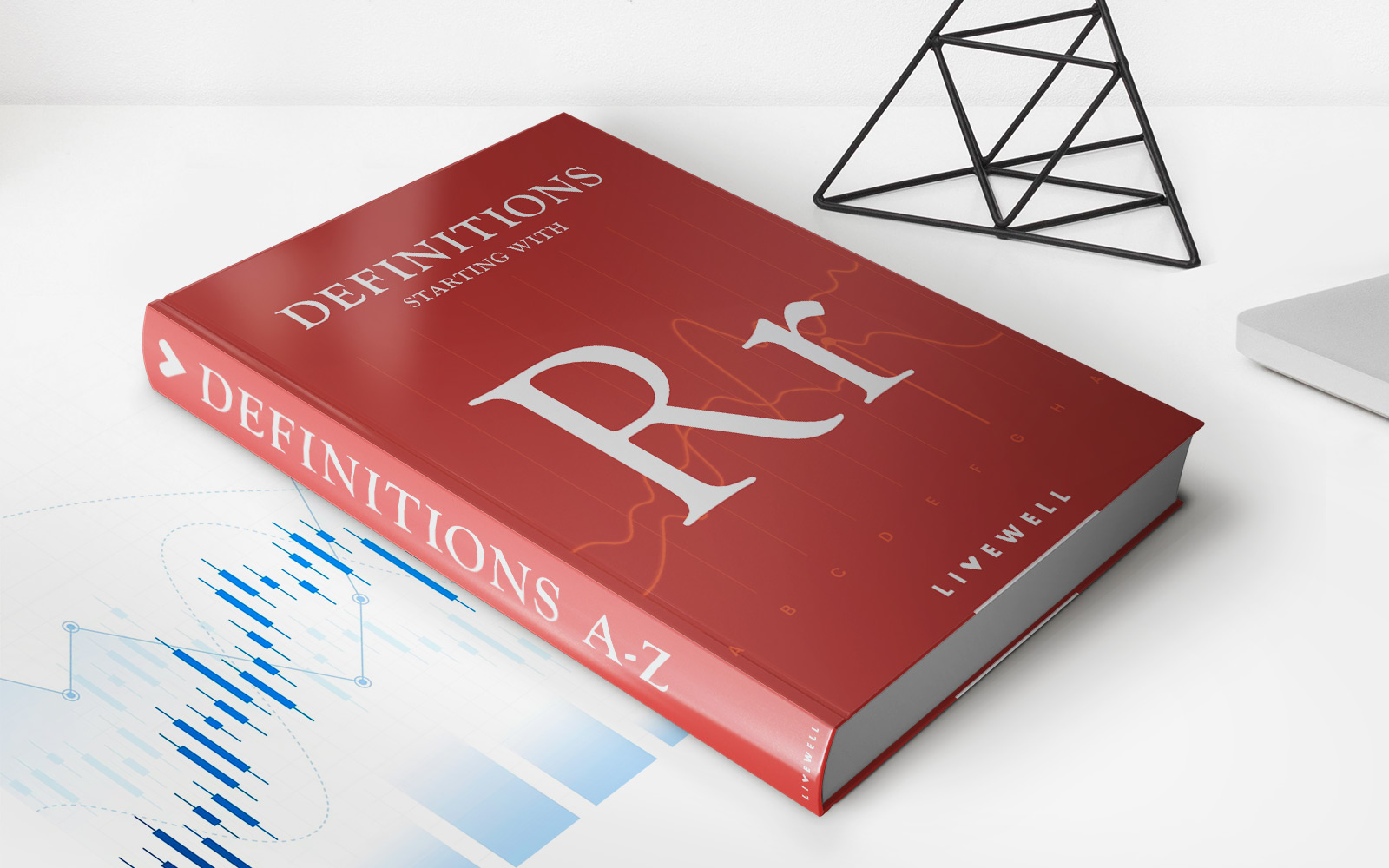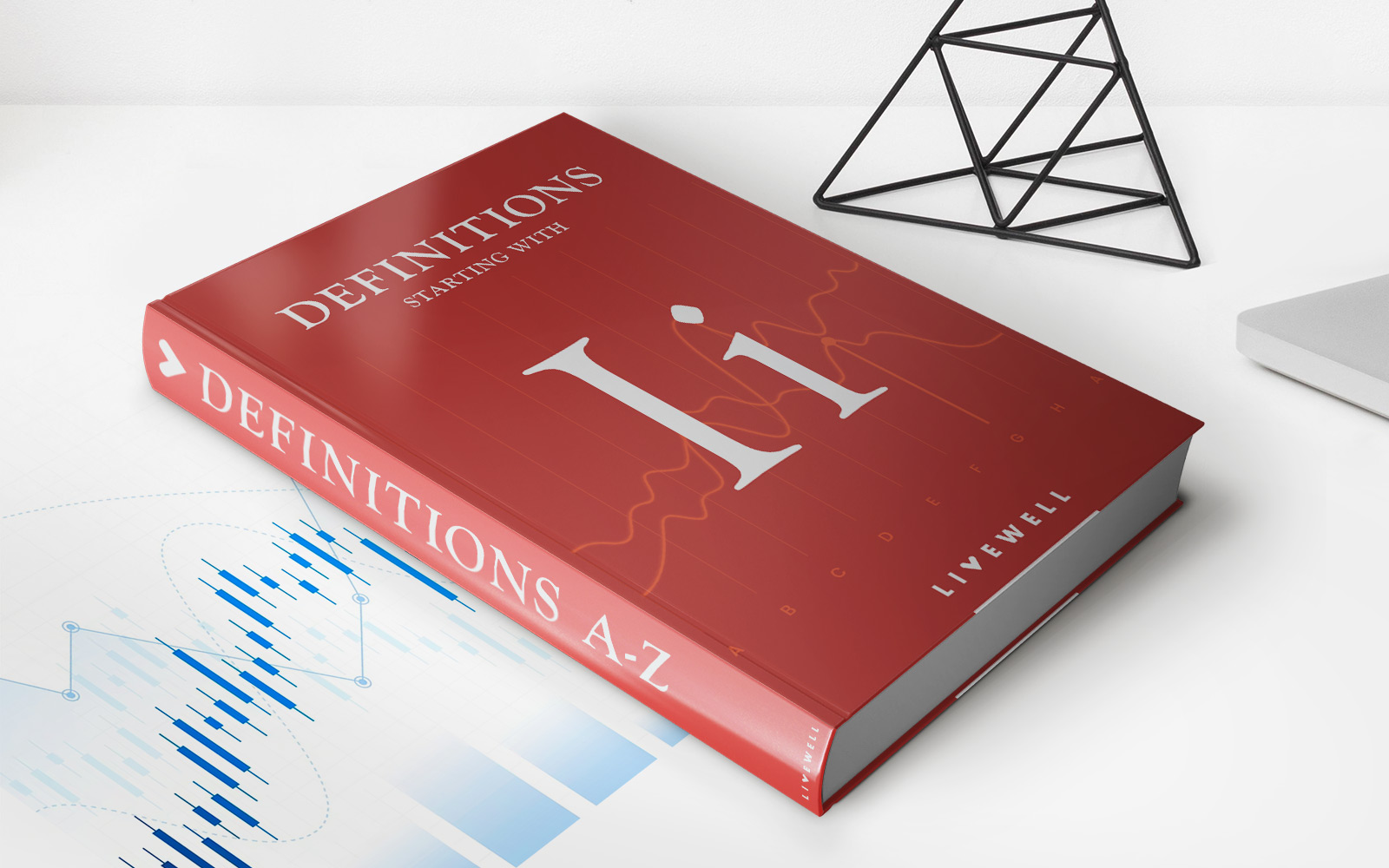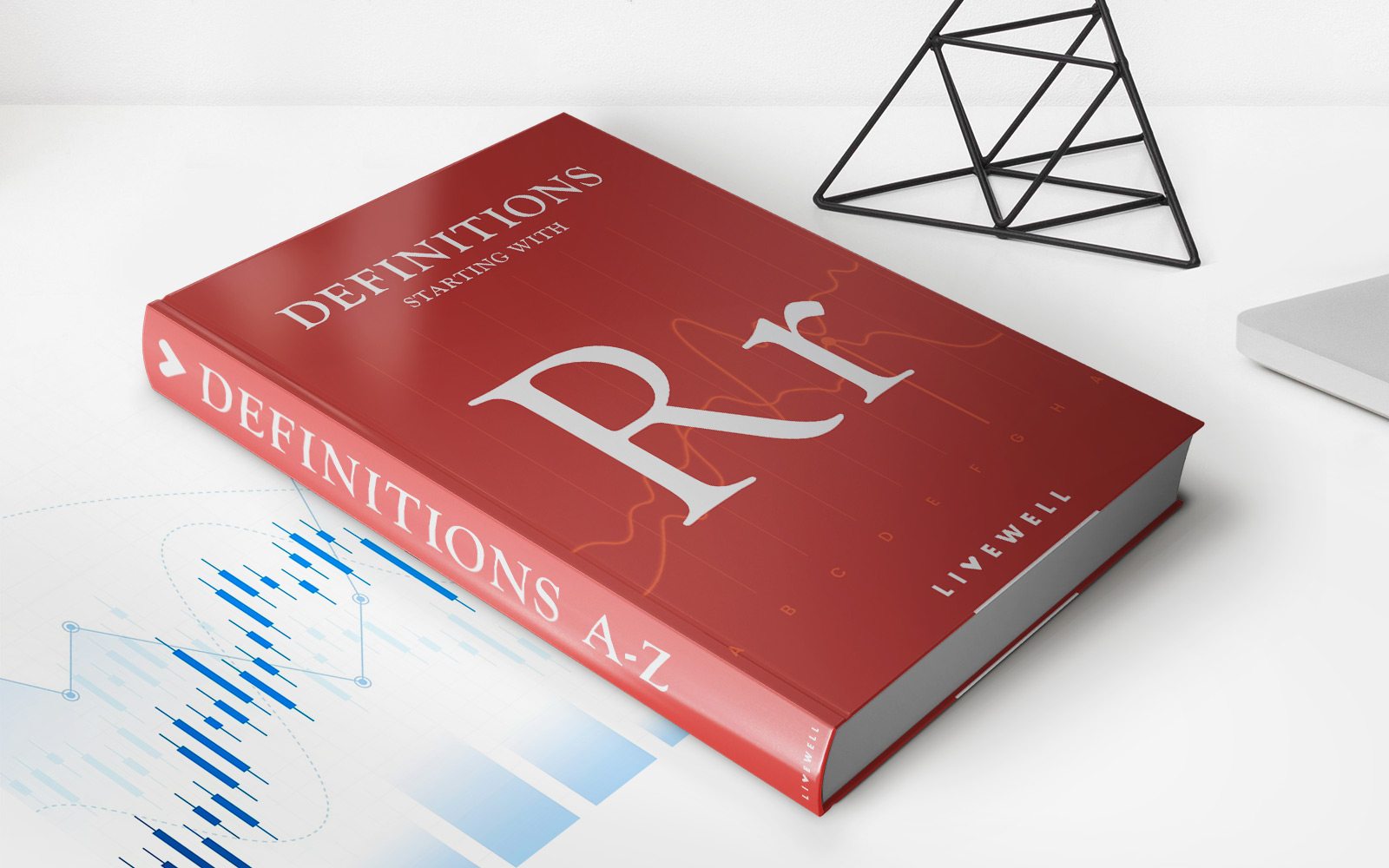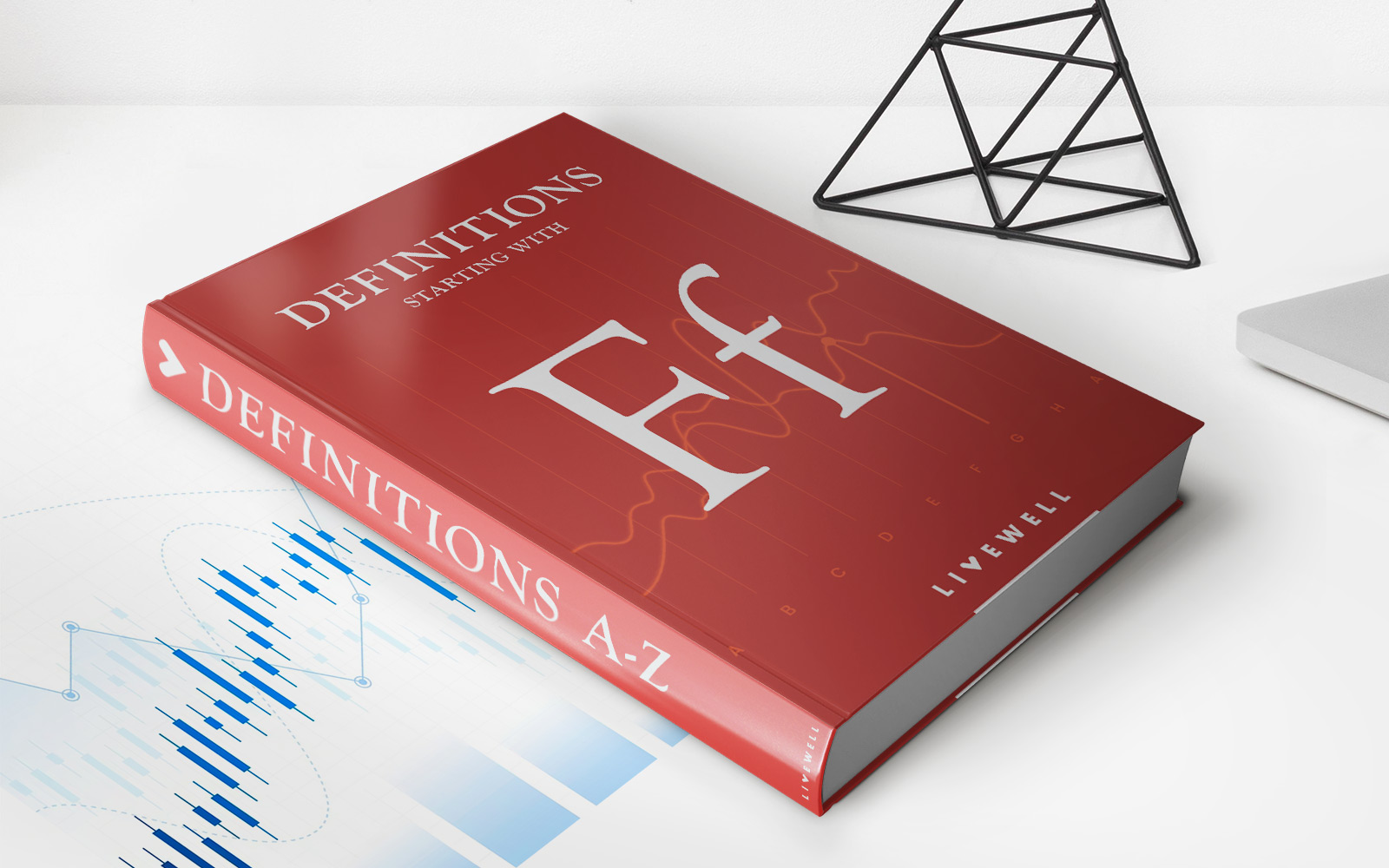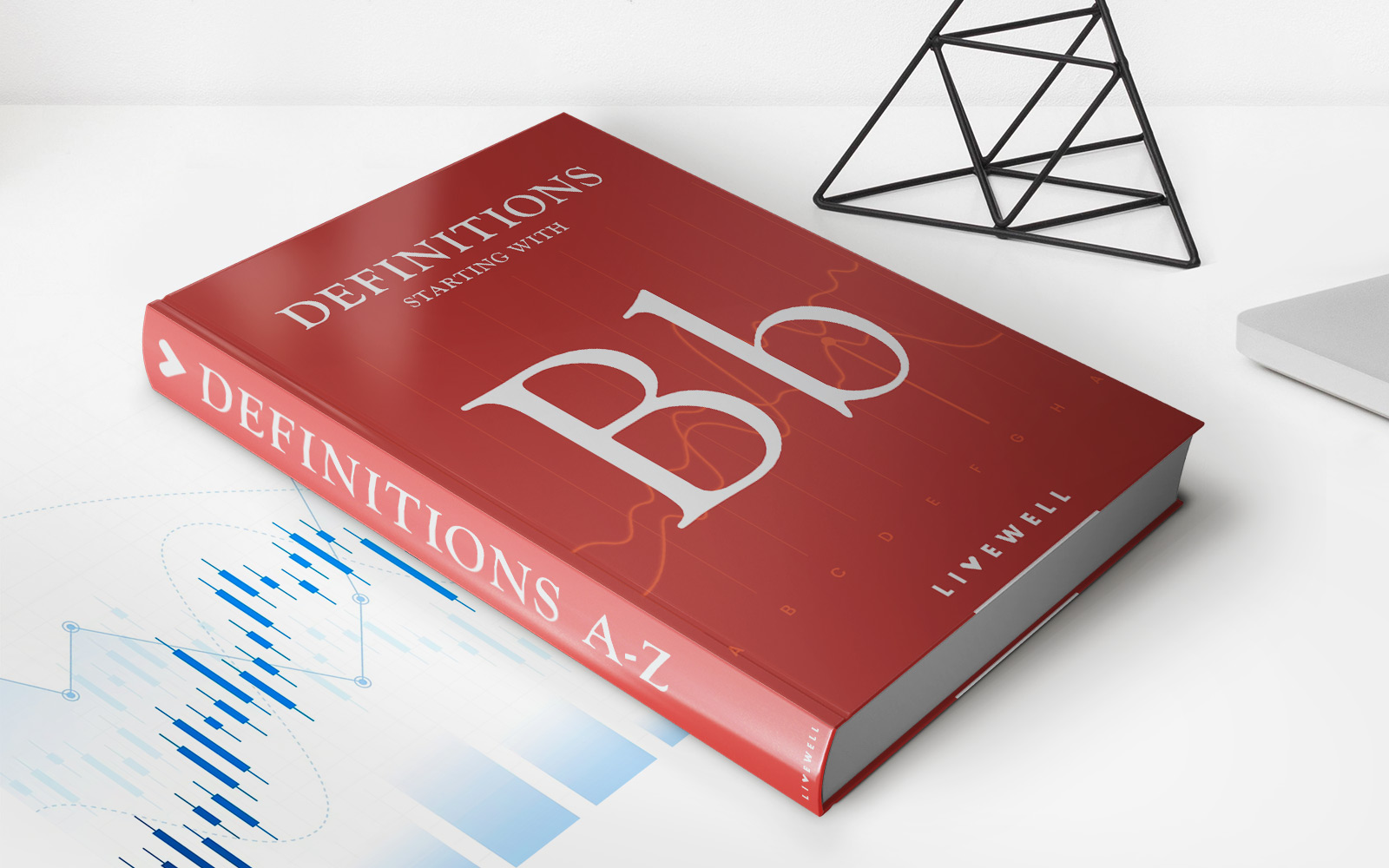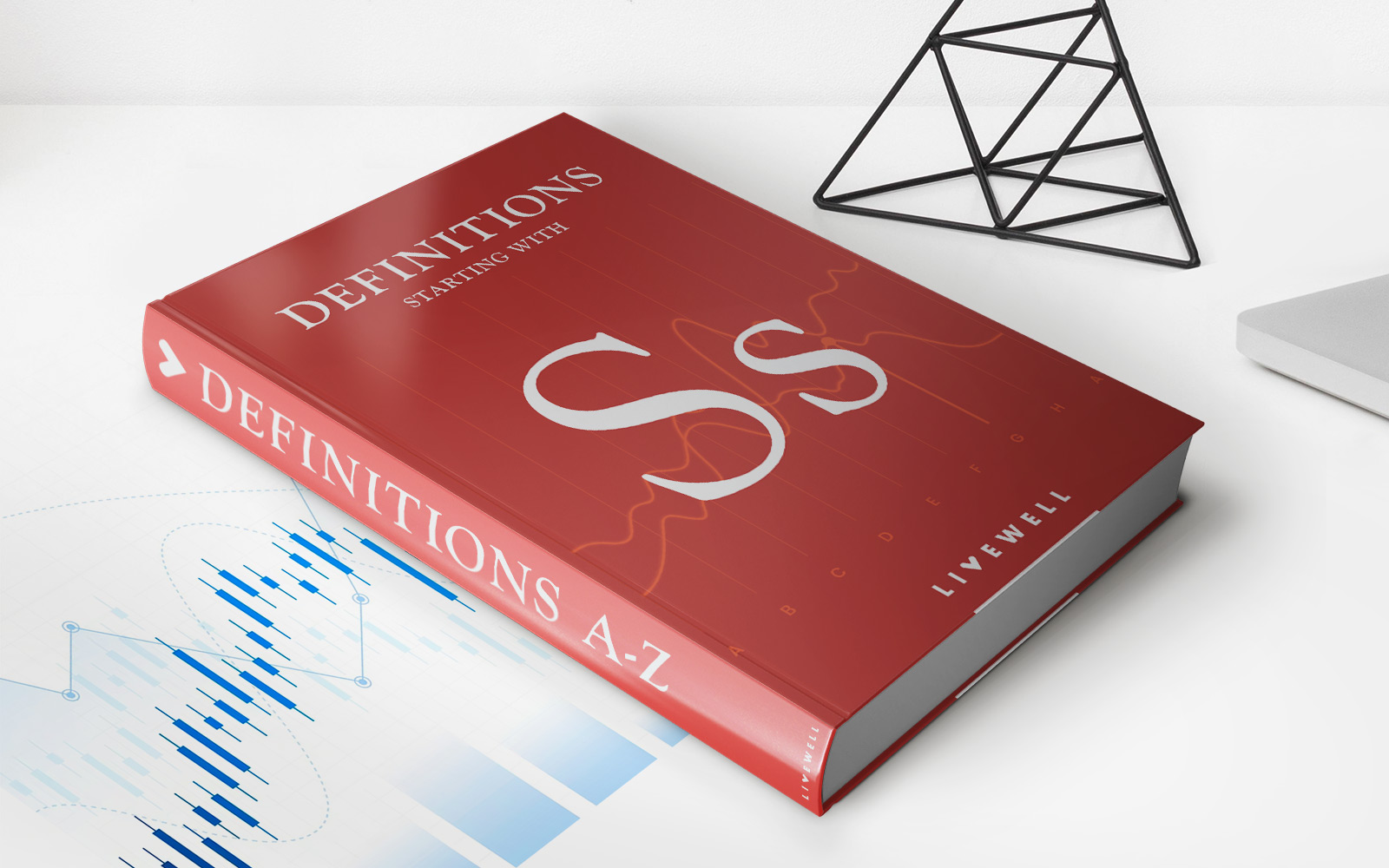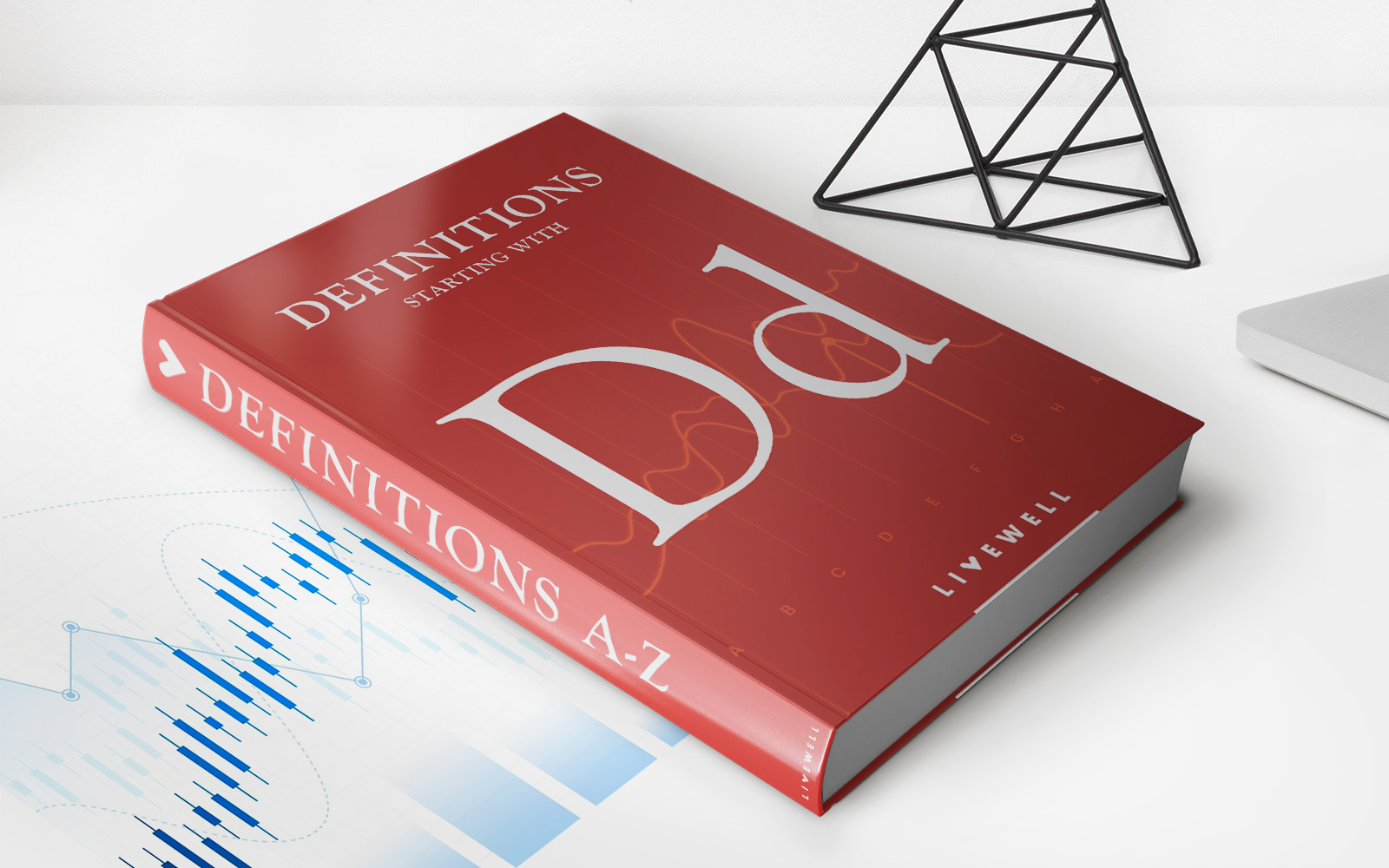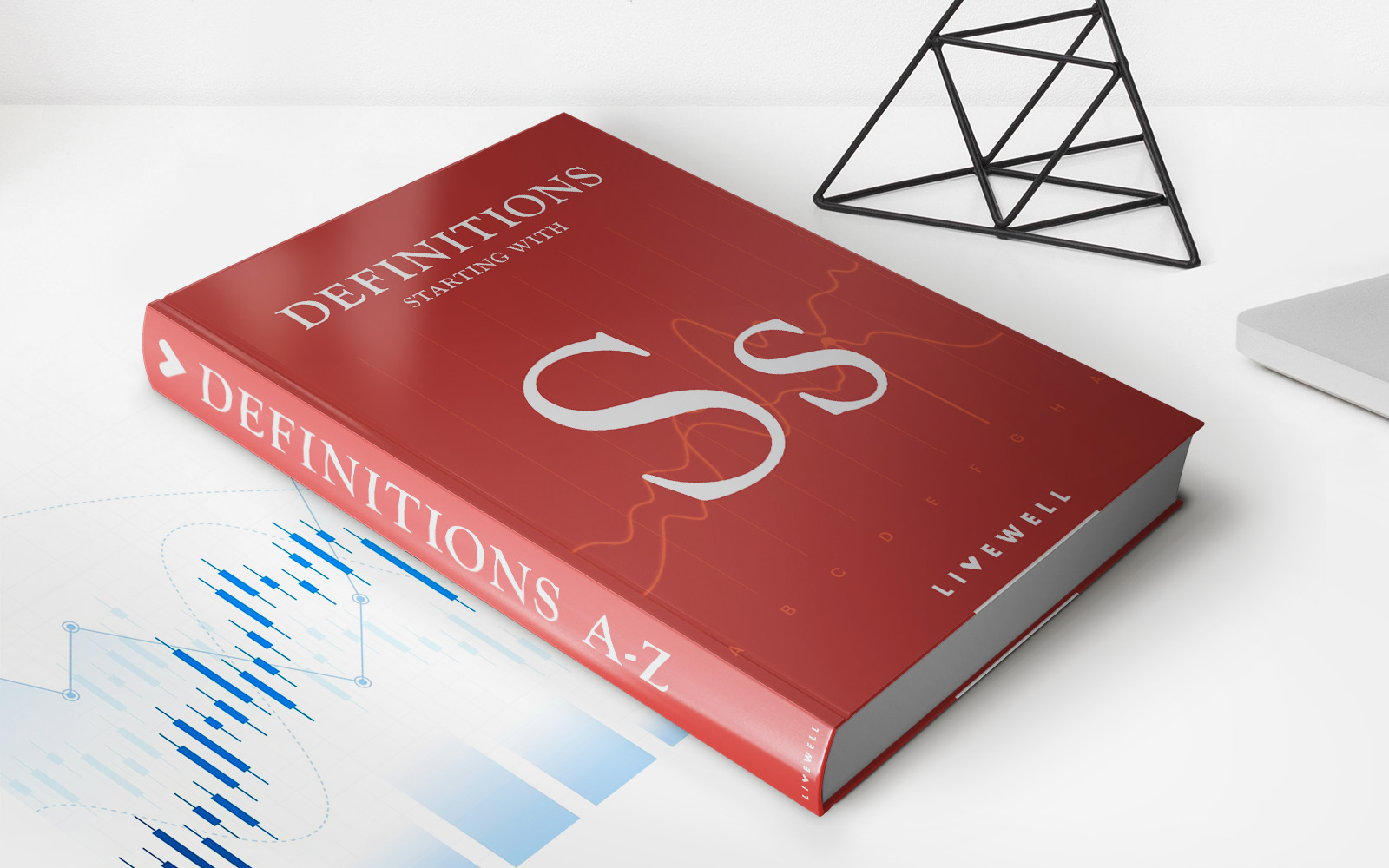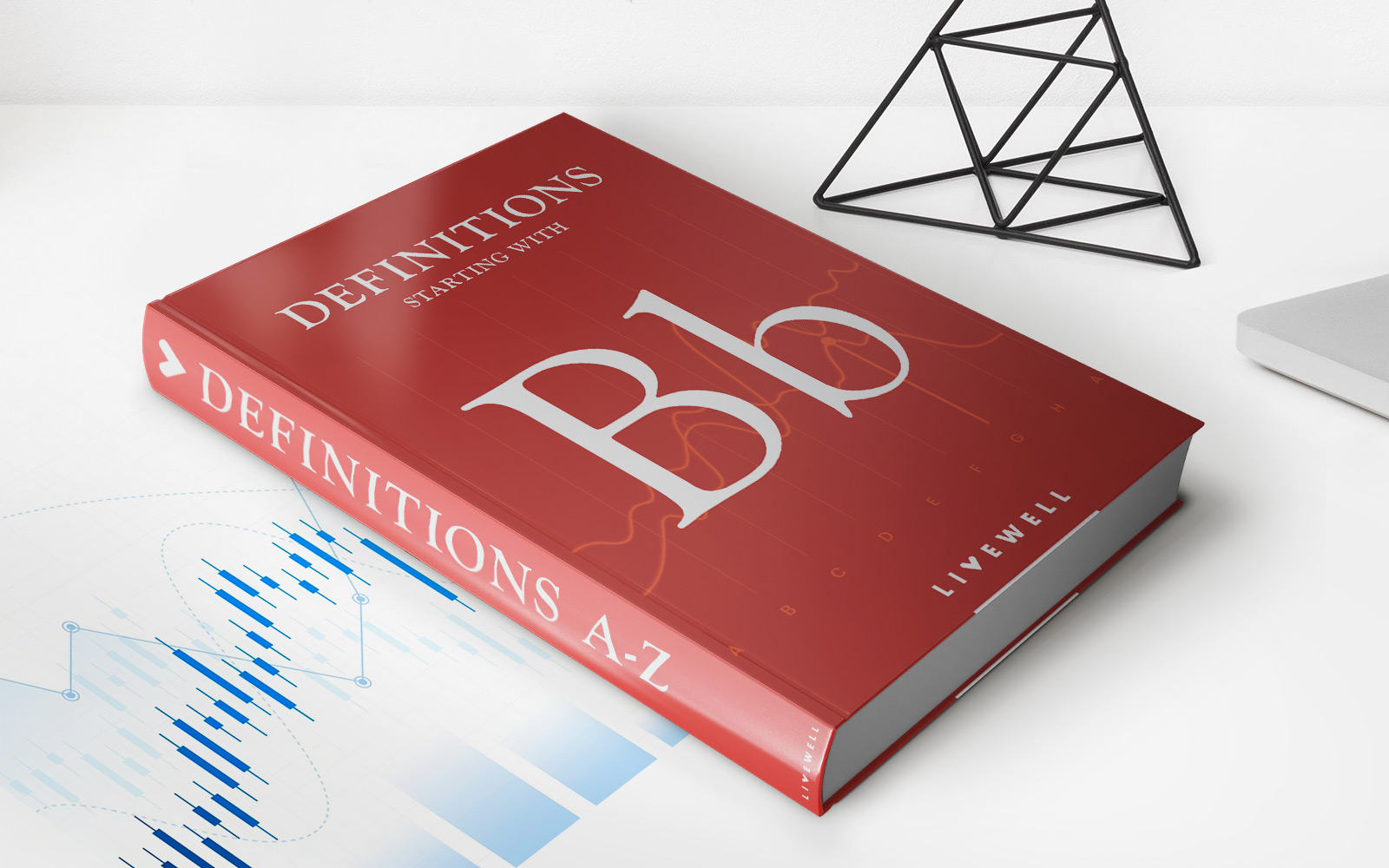

Finance
Ba2/BB Credit Ratings: Definitions And Risks
Published: October 12, 2023
Learn about the definitions and risks associated with Ba2/BB credit ratings in the world of finance. Explore the implications for investors and borrowers.
(Many of the links in this article redirect to a specific reviewed product. Your purchase of these products through affiliate links helps to generate commission for LiveWell, at no extra cost. Learn more)
Ba2/BB Credit Ratings: Definitions and Risks
Welcome to another installment of our “FINANCE” category. In this blog post, we will explore the Ba2/BB credit ratings, their definitions, and the risks associated with them. If you’ve ever wondered about the intricacies of credit ratings and how they impact financial markets, then this post is for you.
Key Takeaways:
- Ba2 and BB credit ratings indicate a speculative-grade credit quality.
- These ratings suggest a higher risk of default and lower reliability in meeting financial obligations compared to higher graded debt.
When it comes to credit ratings, there are different categories used to gauge the creditworthiness and risk associated with debt instruments. Credit rating agencies like Moody’s Investors Service and Standard & Poor’s provide these ratings for investors and lenders to assess the credit risks before investing or lending money.
Ba2 is a rating assigned by Moody’s Investors Service, while BB is a rating assigned by Standard & Poor’s. Both ratings fall within the speculative-grade, also known as junk, credit quality category. They indicate a higher risk of default and lower reliability in meeting financial obligations compared to higher graded debt.
Despite the higher risk associated with these ratings, they can still provide opportunities for investors seeking higher yields. However, it’s important to understand the risks involved before considering investments in these securities.
Here are some key risks associated with Ba2/BB credit ratings:
- Default Risk: Ba2/BB-rated securities carry a greater risk of default compared to higher graded debt. This means there is a higher chance that the issuer may not be able to meet its financial obligations. Investors must carefully analyze the financial health and stability of the issuer before investing.
- Market Liquidity: Lower-rated securities often have lower market liquidity, making it more challenging to buy or sell them quickly without incurring significant transaction costs. Investors should consider the potential lack of liquidity in the secondary market when investing in Ba2/BB-rated securities.
- Interest Rate Risk: Ba2/BB-rated securities are more sensitive to changes in interest rates. If interest rates rise, the value of these securities may decline, leading to potential capital losses. Investors should be aware of the impact of interest rate changes on their investments.
- Reputation Risk: Investing in Ba2/BB-rated securities may expose investors to reputation risk. If the issuer defaults or faces financial difficulties, it can negatively impact the reputation of the investor or institution associated with those securities.
Despite the risks, some investors find opportunities in Ba2/BB-rated securities. These investments can offer higher yields, attracting investors who are willing to take on additional risk for potentially higher returns. However, before investing in these securities, it’s vital to conduct thorough due diligence and seek advice from financial professionals.
In conclusion, Ba2/BB credit ratings indicate a speculative-grade credit quality with higher risks compared to higher graded debt. While these securities can offer higher yields, investors must carefully consider the risks involved, including default risk, market liquidity, interest rate risk, and reputation risk. Investing in Ba2/BB-rated securities should always be done with careful analysis and consideration of individual investment goals and risk tolerance.
